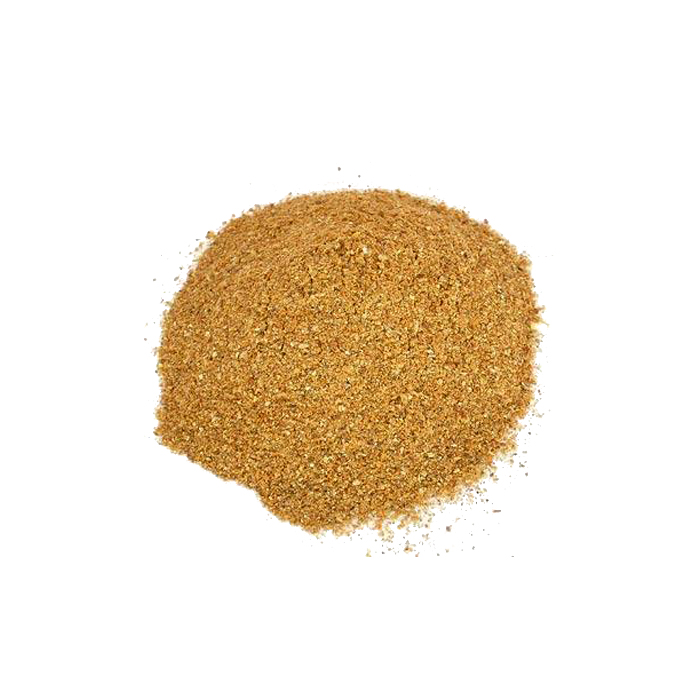Soybean meal
Solid residue meal is left to be oiled after oiling.
Salvation is called soybeans, such as soybeans, rapeseed, sunflower seeds, sesame, olive, grapes, castor and the like, which are squeezed and water or oil.
The nutrients are rich in protein and food and are valuable for eating poultry, fish and other animals. Usually they cut or flour into smaller pieces. The seeds of some grains, including castor and polish, are poisonous and use only as fertilizer.
Oily oysters can be considered as a nutritional supplement due to the high protein content. A number of oilseeds, in particular its edible types, have been proposed for biological processes as substrates. They are used in the fermentation process to produce enzymes, antibiotics, fungi, vitamins and antioxidants, and others.
The solid matter that is left of wheat and rice, bran, sugar cane, molasses and beets are called puffs.
In Nepal, we use Persian peanuts in cooking.
The term "biomass" can be used in translation.
Soybean meal used in animal feed and poultry is divided into two common types, with 43 to 44 percent protein and crumbly soybean meal with 47 to 49 percent protein. Today, modern soybeans are produced in soybeans with 35 percent protein and 18% of oil is extracted using solvent extraction and almost all of the oil is extracted. The soy that is extracted from the oil now contains protein, carbohydrates, minerals and vitamins. At this stage, the seeds of soybean seeds that had been previously isolated were mixed again with soybean meal to reach a level of 44%.


